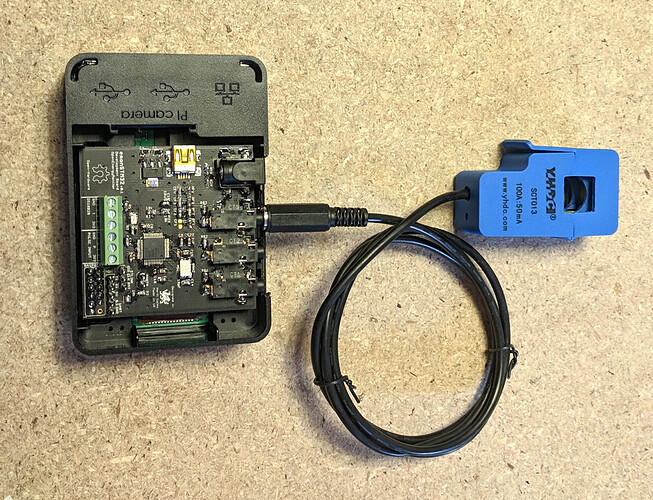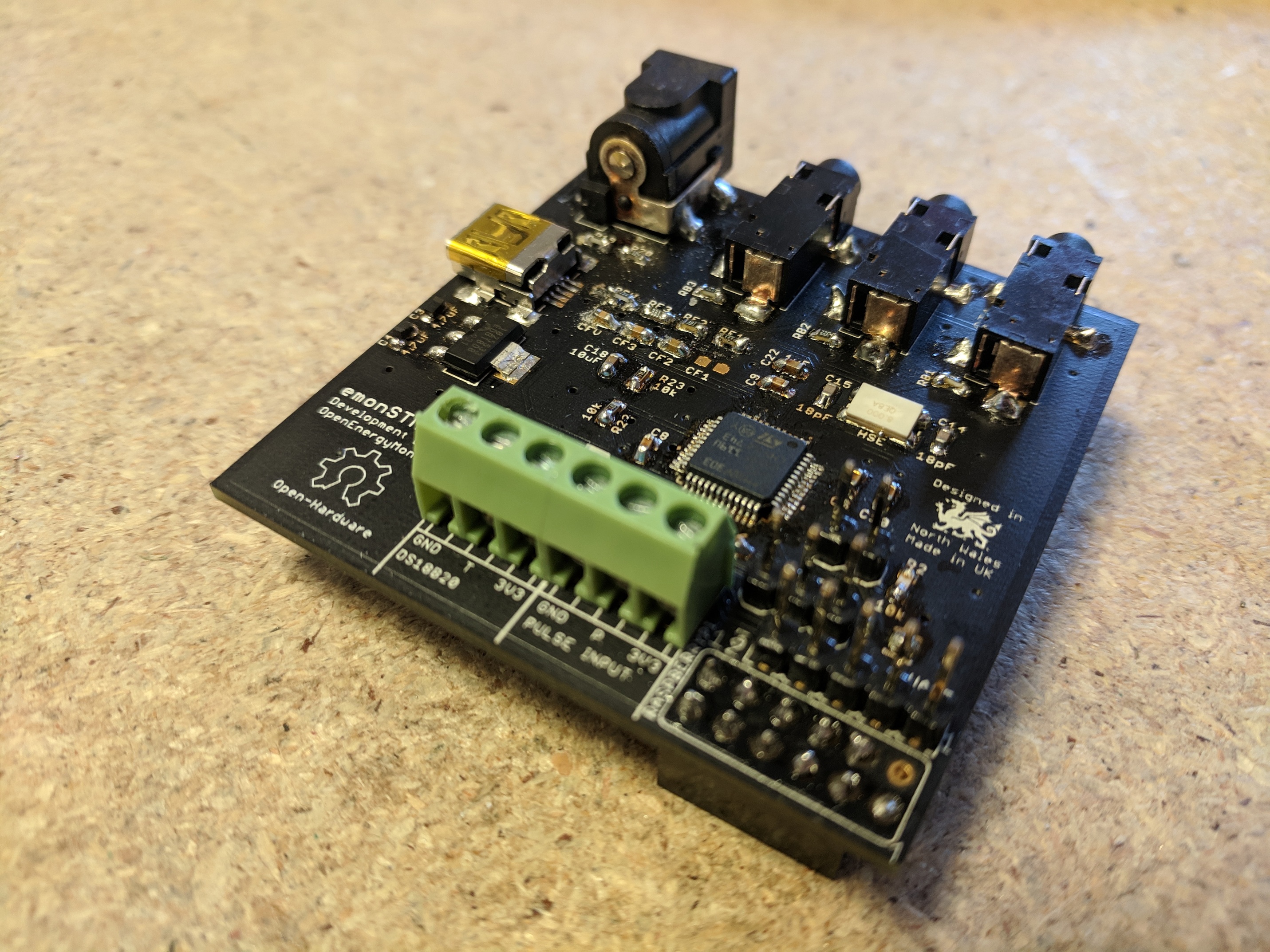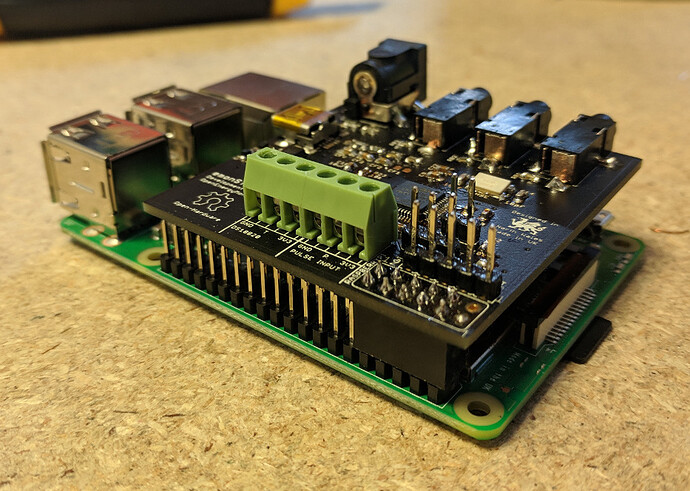I’m happy to say everything worked with the first prototype PCB!
With special thanks to @danbates designer of emonDC for helping to assemble the board with his SMT soldering skills and @dBC for finding the issues fixed above that meant all of this worked.
So far we have tested:
- Power supply
- ST-LINK firmware upload
- Serial firmware upload
- RaspberryPi automated serial upload procedure
- LED indicator
- 8MHZ HSE oscillator
- CT and ACAC power measurement
- DS18B20 temperature sensing input
- Pulse counting input
- Datalogging to emoncms via raspberrypi serial and emonhub
All working well.
Here are a couple of pictures of the board, http://ragworm.eu/ where very kind to update the order with the fixed design and then fit it on one of their black soldermask board runs which looks particularly nice:
Here’s the latest hardware schematic and board files:
https://github.com/openenergymonitor/STM32/tree/master/Hardware/5
and 3CT energy monitoring firmware for the STM32F303CBT6 chip:
https://github.com/openenergymonitor/STM32/tree/master/Emon3CT_CB
The next step is to test the filter design in more detail and run the unit in parallel with an EmonTx. @danbates is looking into firmware libraries for RFM69 support and we will be revisiting the requirements of a fully featured board as discussed here STM32 Hardware Development.
Overall very happy with how this first prototype turned out 


